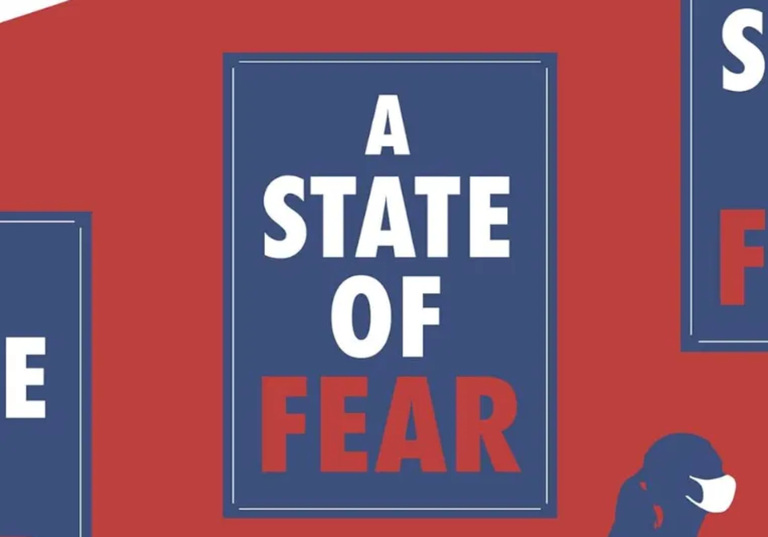The Covid-19 pandemic has brought about unprecedented challenges, not only in terms of public health but also in the ways governments communicate and manage public behavior. In her book, "A State of Fear: How the UK Government Weaponized Fear during the Covid-19 Pandemic," Laura Dodsworth explores the implications of fear as a tool in governmental communication. Drawing parallels with the insights of neuroendocrinologist Robert Sapolsky on stress.
While fear and stress offer short-term advantages as adaptive responses, difficulties arises when fear, like stress, persists beyond its immediate utility. In the face of ongoing uncertainty and prolonged lockdowns, the fear generated by the pandemic became a constant companion for many.
Exploring the realm of chronic stress provides a lens to understand the potential consequences of prolonged fear. Physiological changes induced by fear, akin to those observed in chronic stress, can contribute to a range of health issues like cardiovascular disease, immune system suppression, and cognitive impairment.
Uncontrollable stress over time harms the prefrontal cortex, causing the loss of dendrites and spines, which are crucial for cognitive functions, and understanding these stress-induced changes can help develop treatments for cognitive disorders.
Sapolsky's research on stress-induced changes in the brain aligns with Dodsworth's observations on the impact of prolonged fear on mental health. Structural alterations in brain regions associated with memory and emotional regulation, as discussed by Sapolsky, may contribute to anxiety and depression, reflecting the psychological toll of chronic fear during the pandemic.
"In this modern era, stress is not just a reaction to imminent danger; it is a constant companion, spurred by societal expectations, economic pressures, and the relentless pace of technological advancement."
Some critics suggest that the government's use of fear was a deliberate strategy to ensure compliance with pandemic-related restrictions. By instilling fear of the virus and its consequences, individuals may have been more likely to adhere to lockdown measures, social distancing guidelines, and other restrictions imposed by the government.
The weaponization of fear may have also affected trust in government institutions. Skepticism regarding the severity of the threat, the effectiveness of public health measures, and the government's transparency has been voiced by some segments of the population.
The analysis of fear during the Covid-19 pandemic aligns with the understanding derived from works such as "The Psychology of Stress" and "Human Behavioral Biology". Prolonged fear and stress, when mismanaged, can profoundly impact individuals and societies. As Dodsworth peels back the layers of manipulation, the reader is left with a profound sense of awareness, much like the aftermath of encountering the works of “The Milgram Experiment and the COVID Narrative.”
“Under the relentless grip of unyielding stress or the looming specter of fear, the frontal cortex of an individual undergoes a disconnection, impeding their capacity for foresight and sound judgment. This incapacitation paves the way for the ascent of authoritarian inclinations, wherein the prey succumbs to the dominance of external forces.”
Source: A State of Fear
